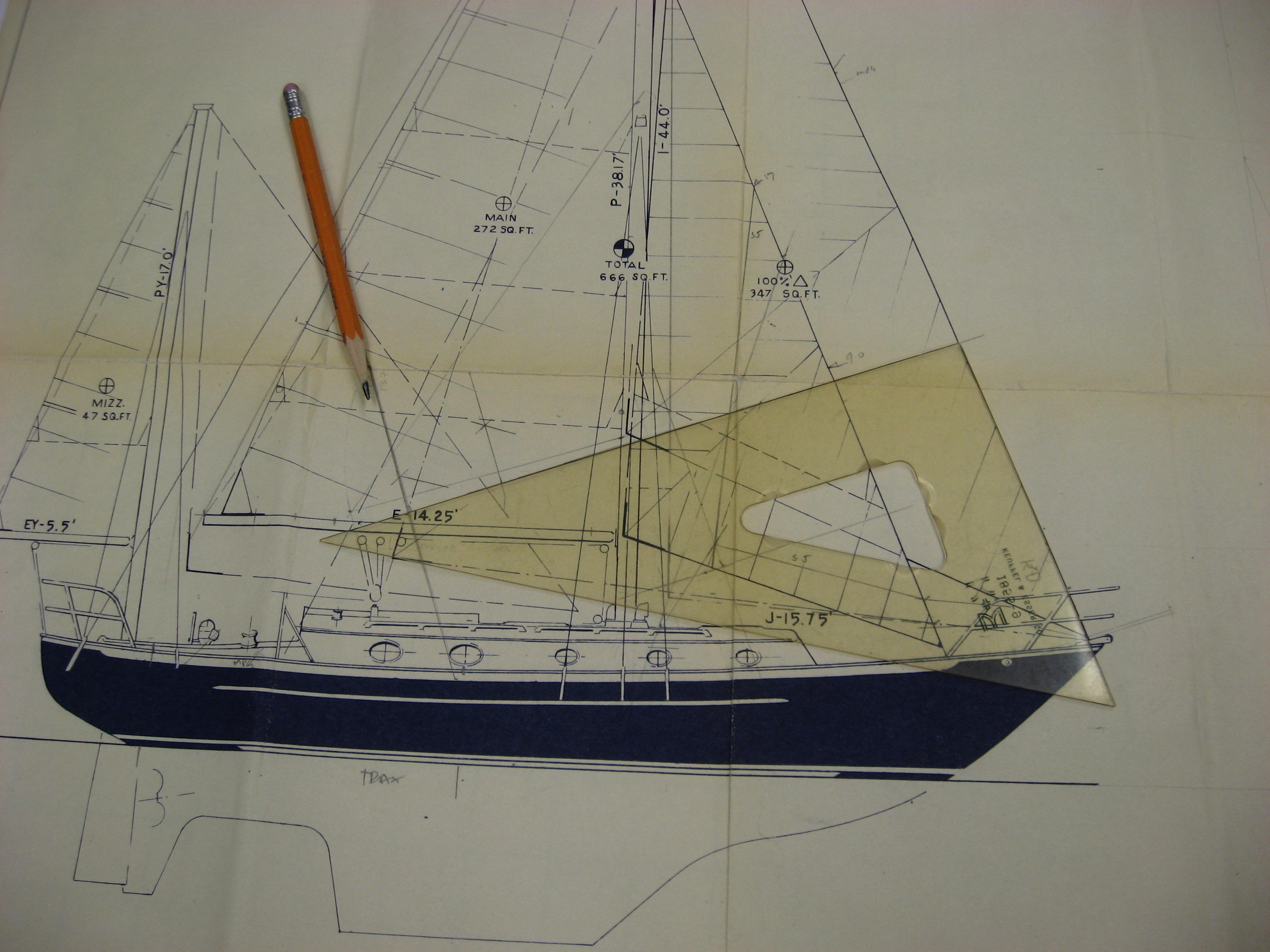
By understanding how the clew works and experimenting with different settings, sailors can optimize their sail’s performance and enjoy smoother sailing experiences. Its position, height, and tension are crucial for generating maximum lift while minimizing drag. In summary, the clew of a sail is an essential component that helps control various aspects related to sailing. By paying attention to the position, height, and tension of the clew, sailors can make sure that their sails are generating maximum power and lift while minimizing drag. Sailors have to be careful when adjusting their sail’s clew since even slight changes can have a significant impact on how their boat performs. Clew Tension: The tension on the line attached to the clew is crucial for controlling the shape of the sail, especially in gusty winds.Clew Height: The height where you attach your sheet or boom at your clew will determine your sail’s angle of attack and how much power it generates.Clew Positioning: The position where you attach your sheet or boom at your clew will affect your overall performance while sailing.In particular, by adjusting how far out or in from centerline they attach their sheets or booms at either end (the tack vs leech), sailors can change both overall power generated as well as its distribution across different parts (such as upper versus lower sections). The position and tension on these lines affect how much pressure is generated at different points along the sail’s surface area. To achieve this, they adjust their sails by pulling on either their sheet or boom. When sailing upwind with wind coming over one side, sailors need to tighten or trim their sails to ensure that they are generating maximum lift while minimizing drag. The clew of a sail acts as an anchor point for controlling various aspects related to sailing. It plays an important role in controlling the shape and angle of a sail, which ultimately affects how much power it generates. The clew is attached to the boom or sheet depending on the type of rigging used on the boat.

We use this sail clew for the main boom (main. It is located opposite to the head or top corner of the sail. If it is too slack on boom use pliers to gently squash the hole to an elliptical shape until the grip is good. The clew of a sail is the lower corner of the sail where the foot and leech meet. In this article, we will explore what the clew of a sail is and how it works. The clew of a sail is an important component that helps to control the shape, power, and angle of a sail. When it comes to sailing, there are a variety of terms that can be confusing for beginners.


 0 kommentar(er)
0 kommentar(er)
